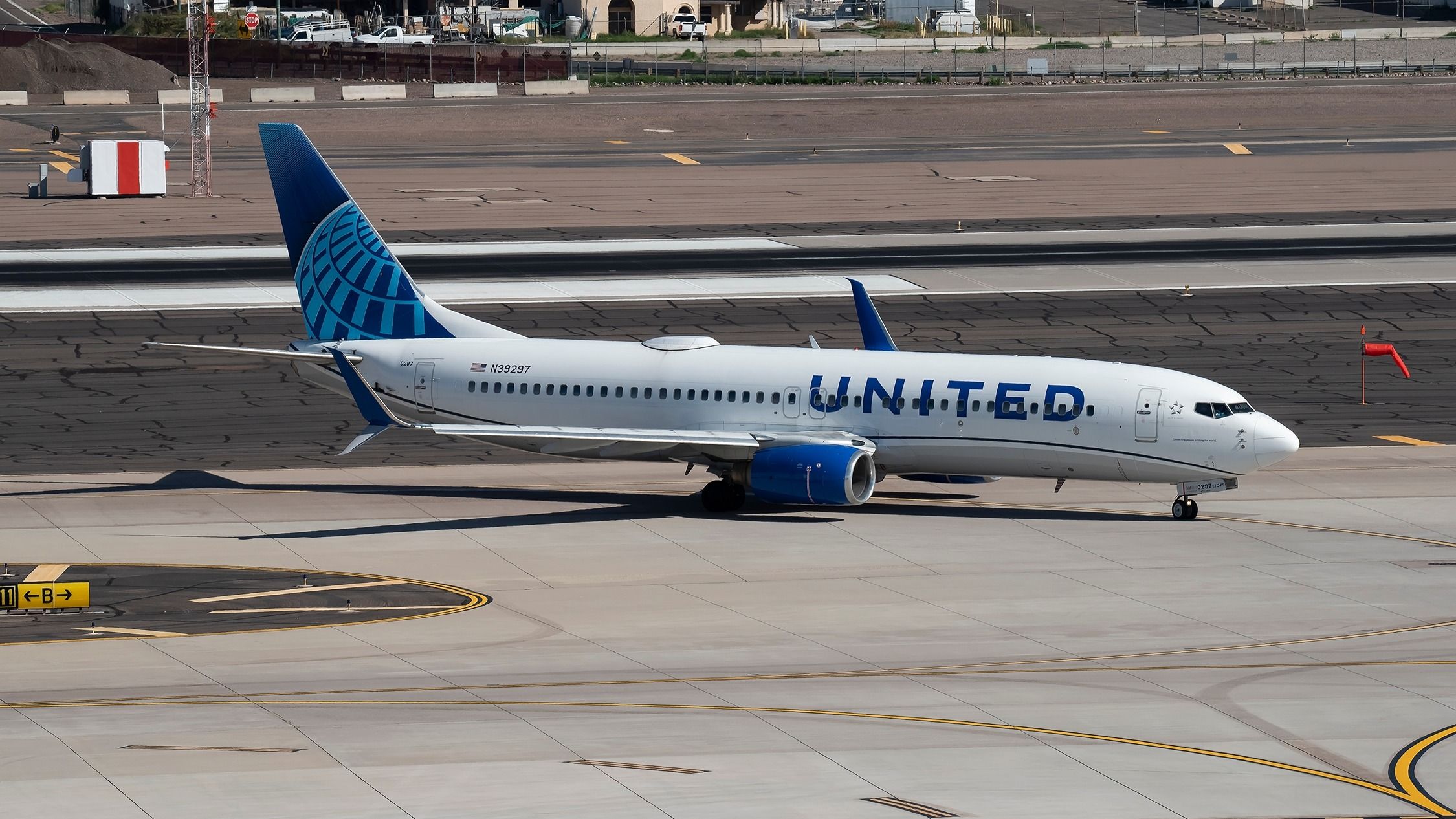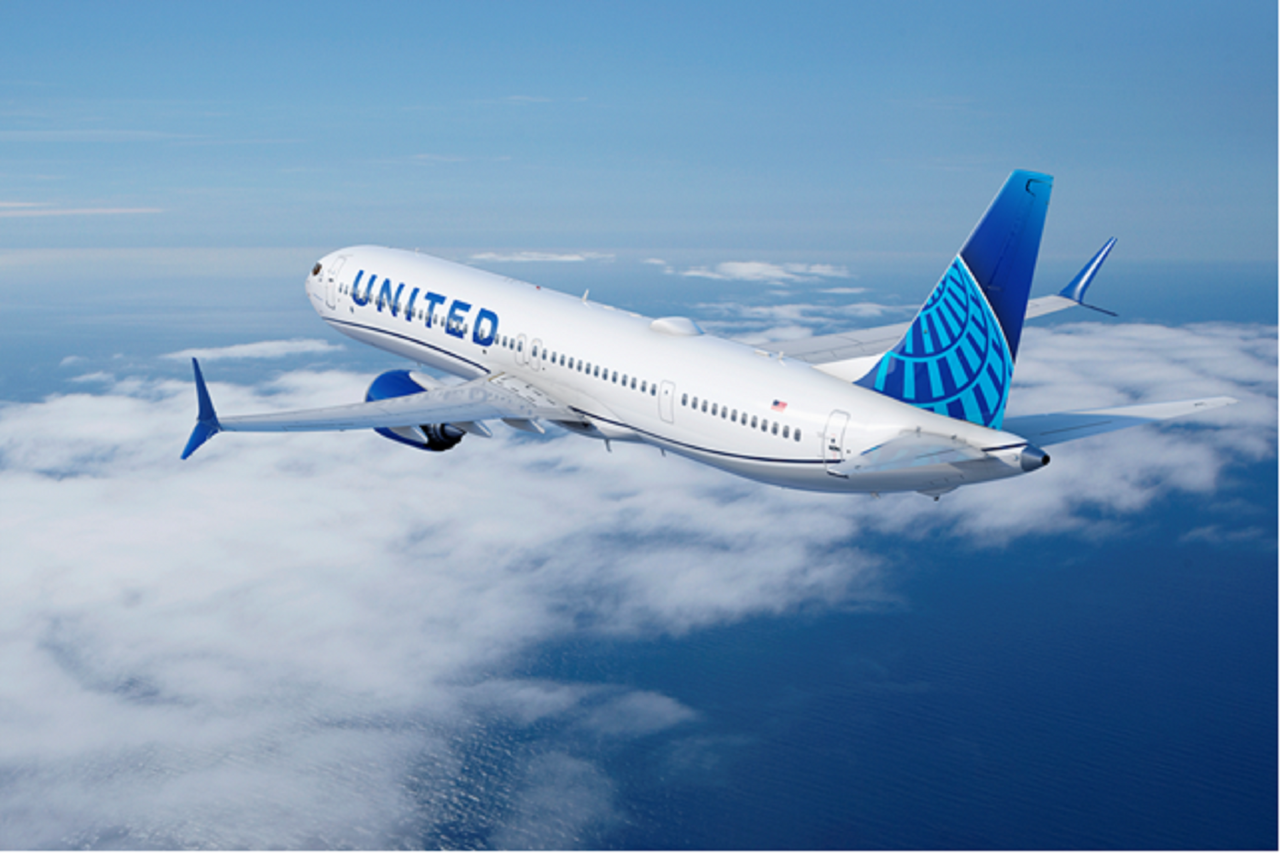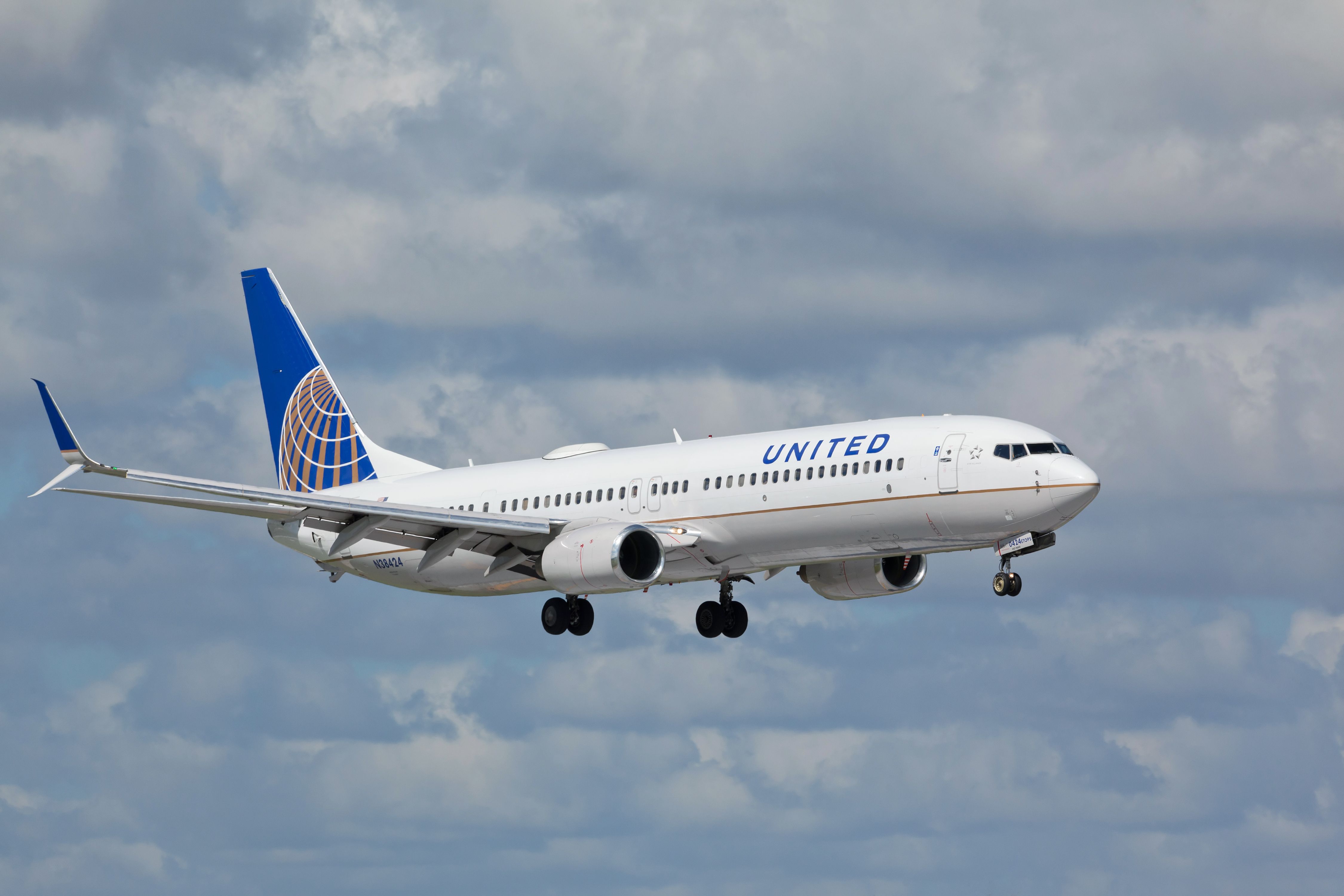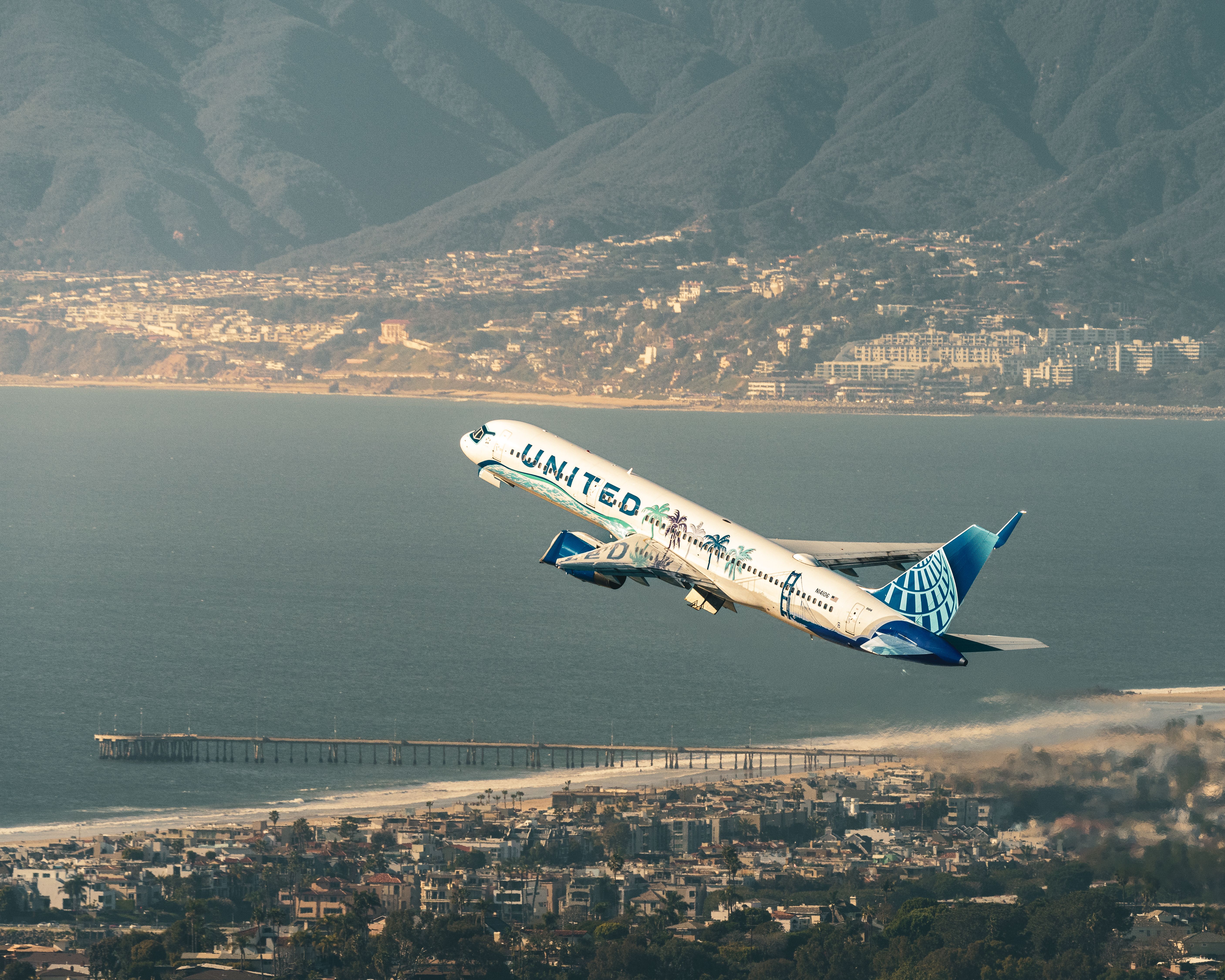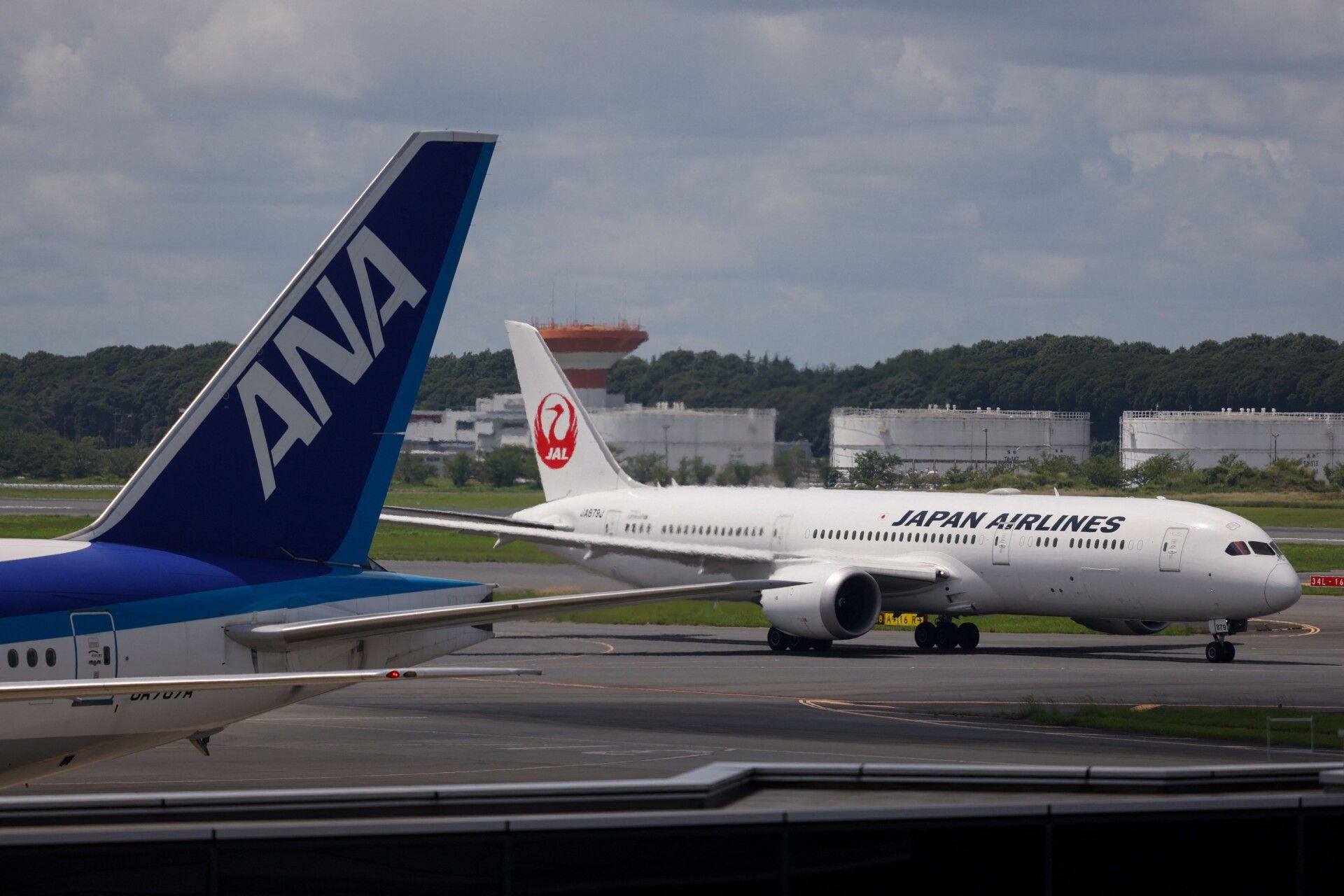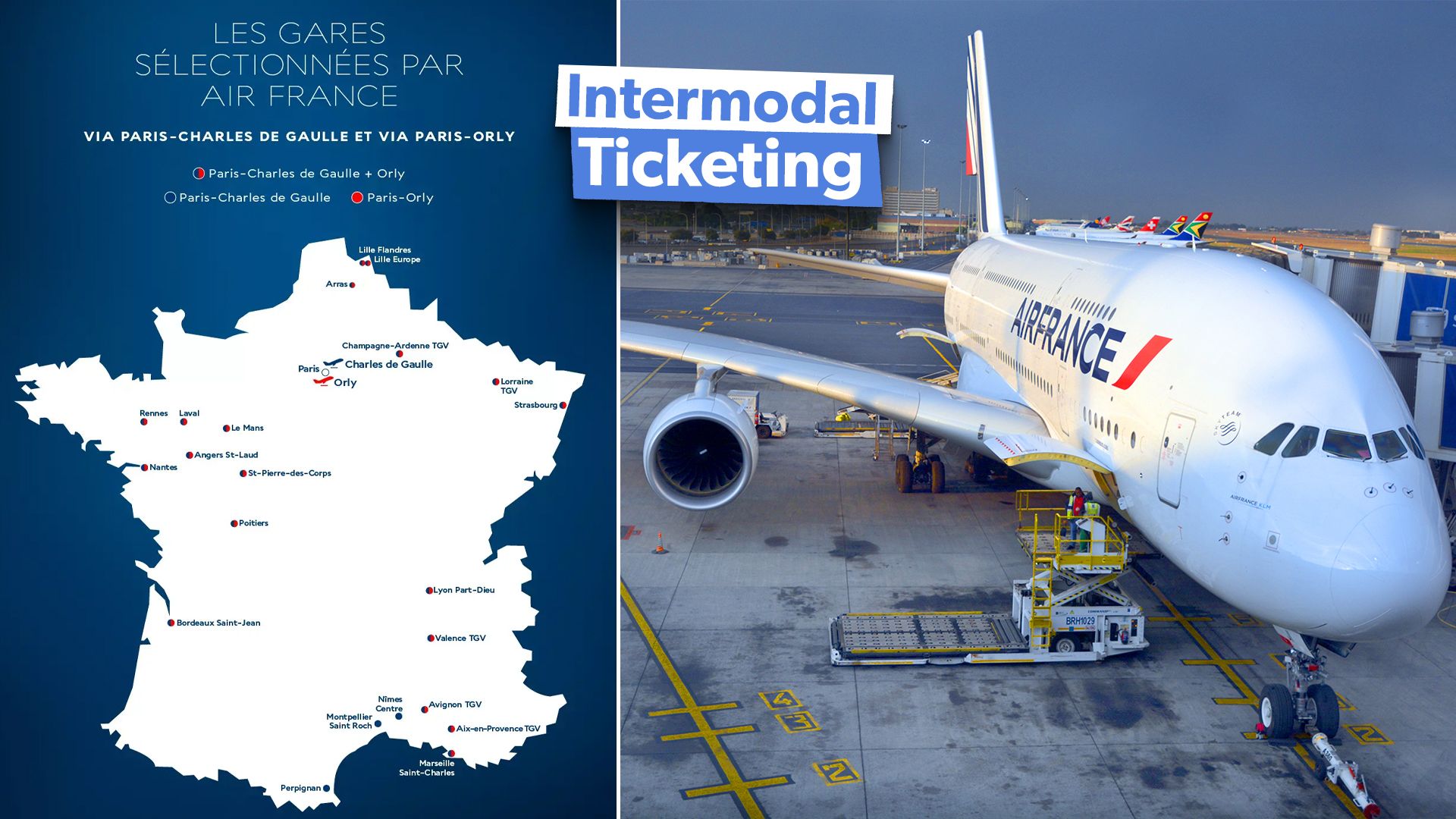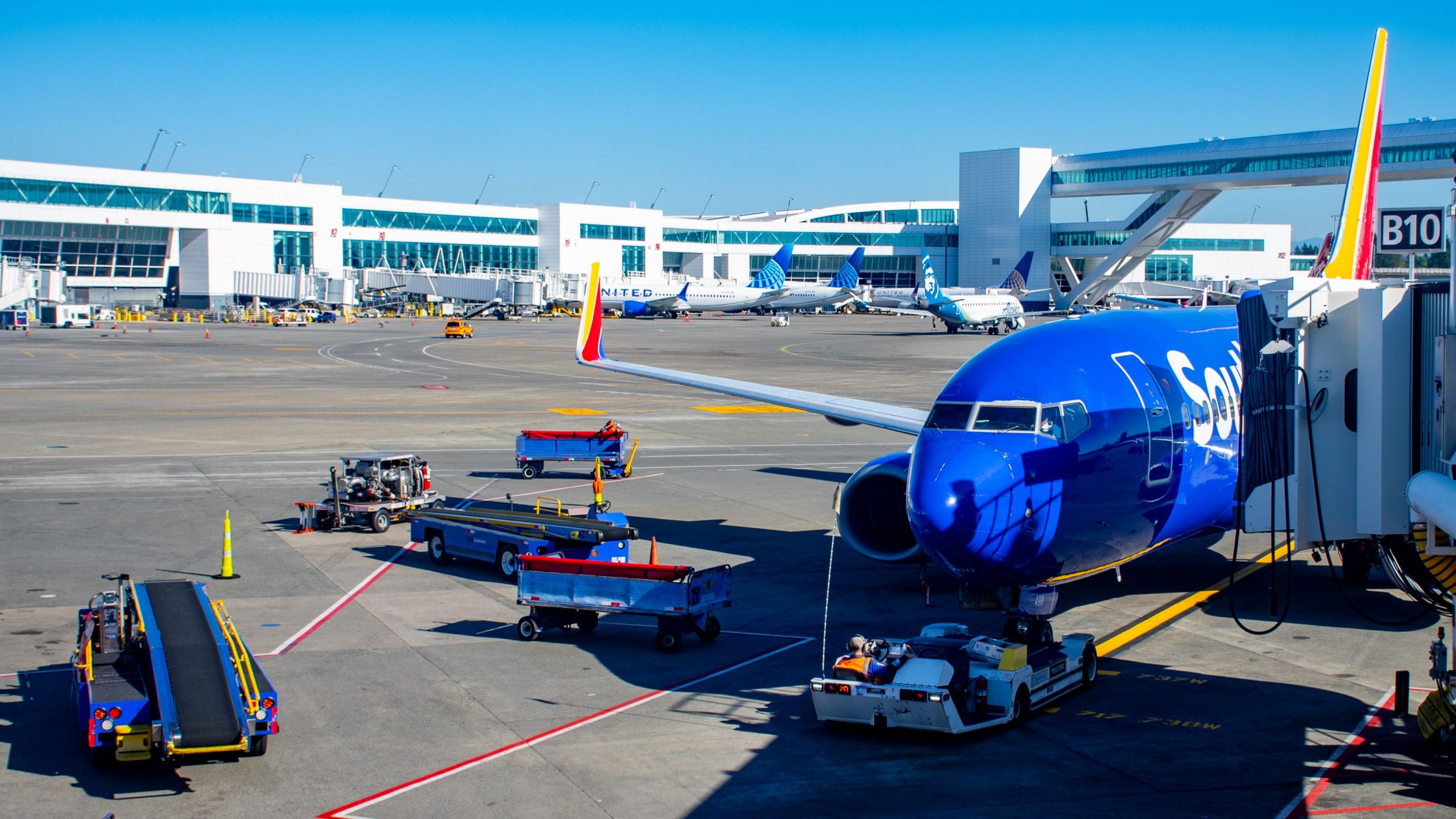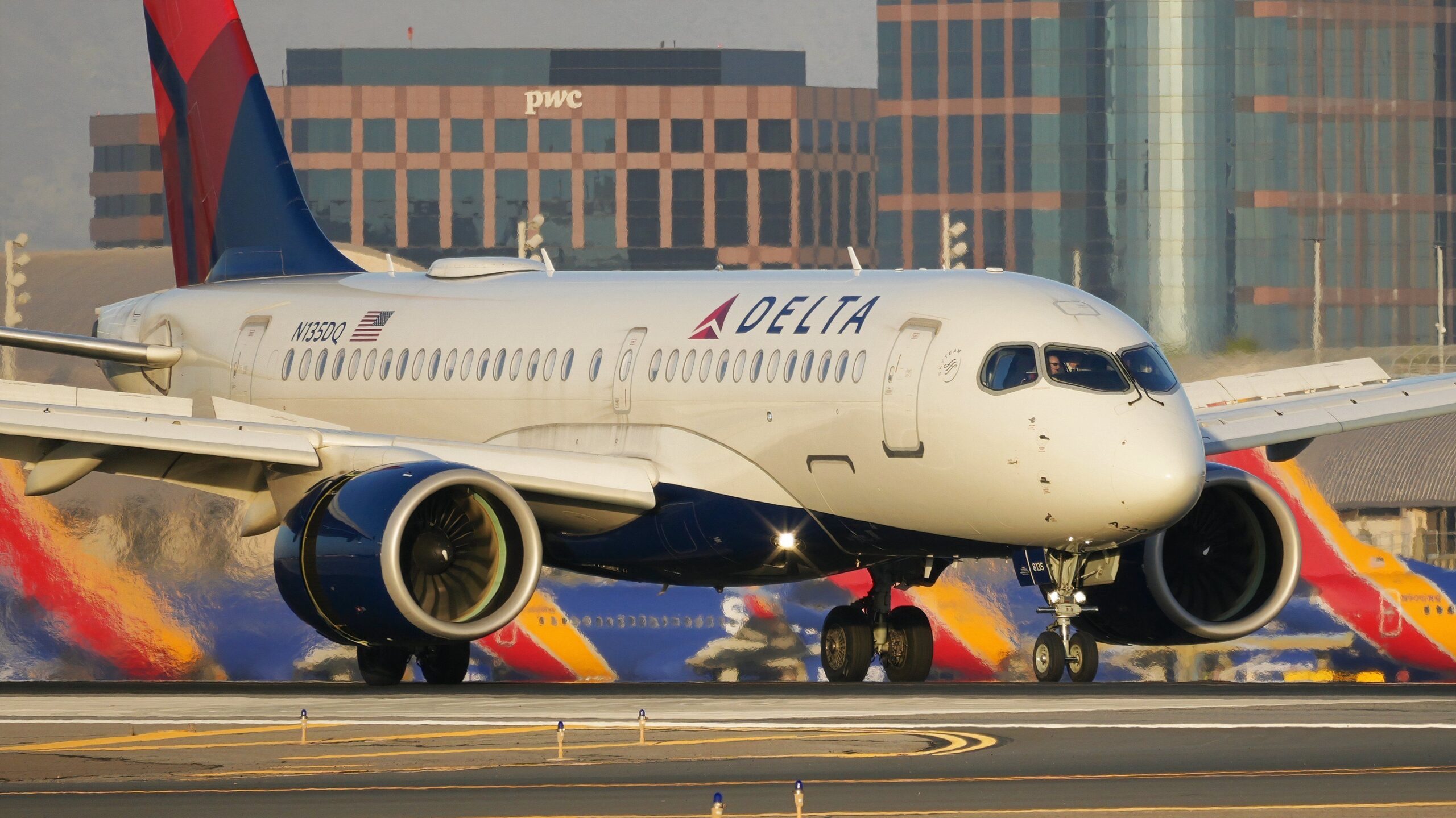Summary
- United Airlines relocates Guam-based fleet to Tokyo to service new secondary markets in Asia.
- Leading routes not serviced by major airlines, United plans to launch flights to Philippines from Tokyo.
- United’s innovative approach aims to provide nonstop service to high-profile destinations in Asia.
United Airlines has revealed plans to expand operations at Tokyo’s Narita International Airport (NRT) by relocating the aircraft stationed at its base in Guam to the Japanese airport. The aircraft will help United service new secondary markets that are not serviced by major airlines in the area.
Interview with United’s planners
Andrew Nocella and Patrick Quayle revealed the plans in an interview with Brian Sumers for the Airline Observer. Andrew Nocella is United’s Executive Vice President and Chief Commercial Officer, and Patrick Quayle is United’s Senior Vice President of Global Network Planning and Alliances. The pair are known for testing many new long-haul routes and adjusting United’s network based on the results.
Photo: Boeing
In the interview, Nocella mentioned that United’s results in Guam have been subpar. But instead of moving the fleet stationed there back to the US, it will move them eastward to the land of the rising sun. This is an option because United still holds traffic rights in Tokyo.
The Boeing 737-800s that United Airlines will station in NRT will not be handling major routes such as service to Bangkok, Shanghai, or Singapore because United’s partner in the region is handling those routes, All Nippon Airways (ANA).
Instead, these aircraft will service routes to destinations like Mactan–Cebu International Airport (CEB) in the Philippines, which will begin flights in October, and other secondary test markets. The Philippines flight will be the United’s first intra-Asia route from Tokyo in seven years.
The main focus is destinations that don’t have nonstop service from the US. Nocella said in the interview:
“We have a list of all these high-profile places that don’t have nonstop service to the U.S. that could be of interest. We’re going to try and see if we can make some magic.”
Quayle spoke about the situation and how they came up with the solution to move the aircraft to NRT, saying:
“Our job is solving problems and being creative, and not complaining. We have these assets that are out in the western Pacific, so let’s use it to try something different.”
The route wasn’t chosen out of the blue either. The San Francisco to Manila route is one of United’s highest-demand routes, so it’s hoping to capture some of the potential leftovers. United is using its gut to
What about bigger plans and even bigger jets?
Now that narrowbodies are utilized in the east, will United also move larger widebodies to Tokyo Narita? Unlikely, says Nocella.
Photo: Carlos Yudica | Shutterstock
However, he mentioned that moving the 737s to NRT is looking good:
“I don’t think we will be looking at flying widebody jets beyond Tokyo anytime soon. But we have these 737s and a slot portfolio at Narita, and all the feed from the United States on widebody jets, and it created a unique opportunity. This seemed like something we would like to try, and the advanced bookings indicate that it’s going to be very successful.”
The NRT to CEB route is one of many future routes that United hopes to create in the region with these aircraft from the Guam operation. Time will tell if it becomes an astounding success or if Quayle and Nocella must head back to the planning board.
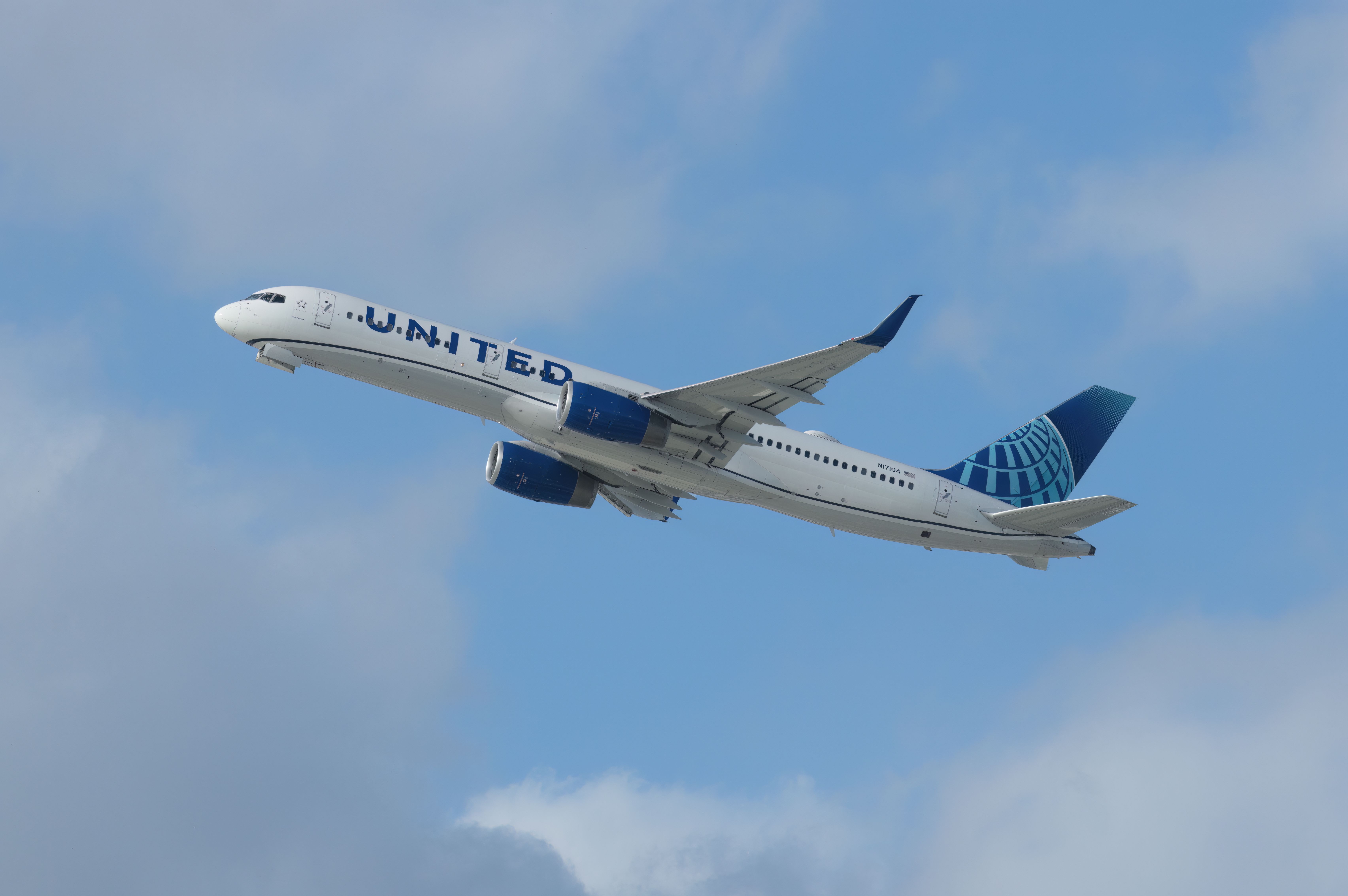
Related
United Airlines Schedules Boeing 737 MAX 8s & 757-200s On Washington DC-Chicago Route During Democratic National Convention
The aircraft types will collectively handle more than 170 flights between the nation’s capital and the Windy City.
